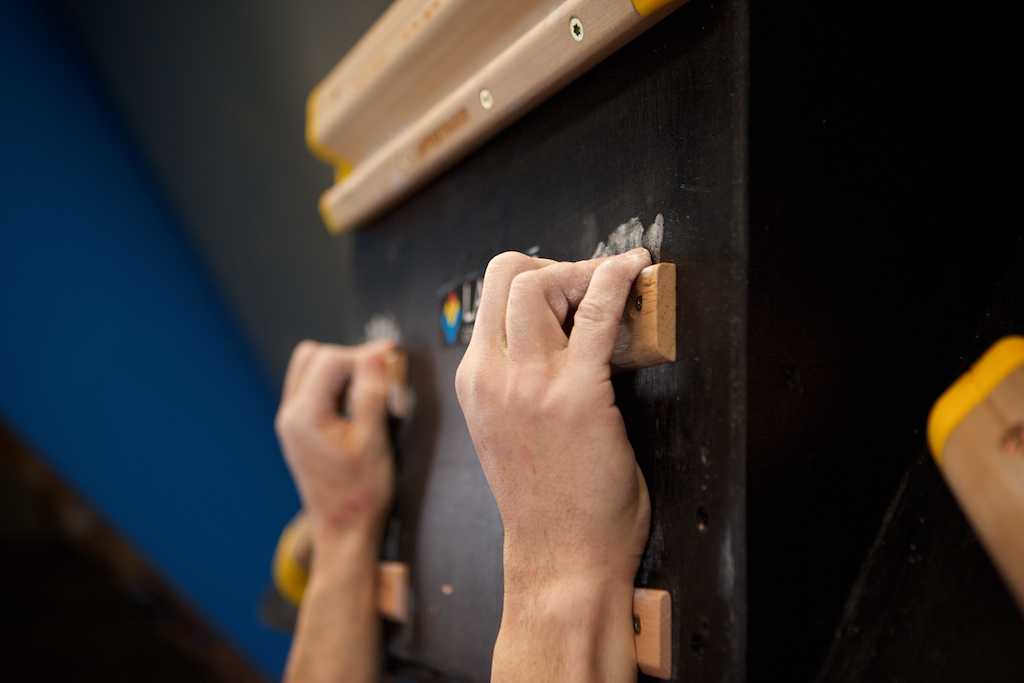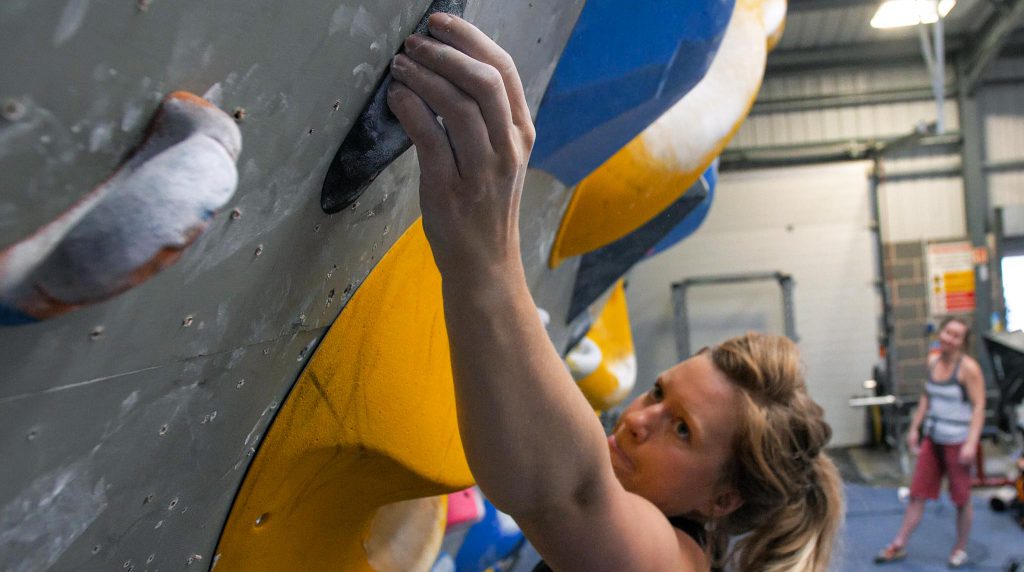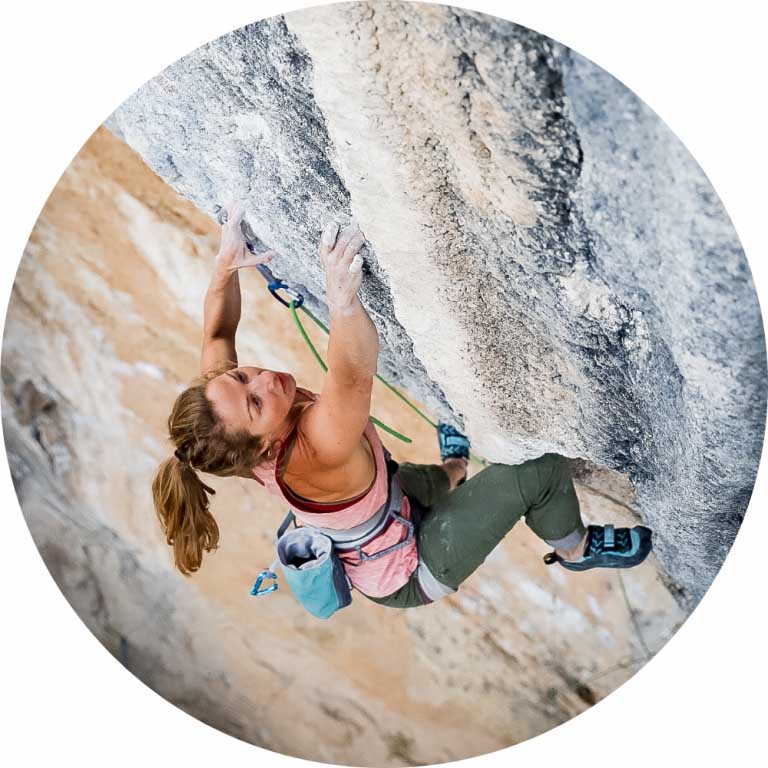Training Tips for Climbers: Measuring Climbing Performance for Effectiveness of Training
In this weeks Training Tips Tuesday, Coach Maddy talks about how to measure the effectiveness of your training.
Measuring key elements of performance over time can be a useful way of monitoring progress. It can help give an understanding whether a given training approach is working. Max hang and pull up tests are commonly used examples which **can** be really useful to inform training. However, when it comes to specific climbing goals, we may get a better idea of our progress if we use more specific measures. This all sounds very obvious, BUT I still speak to climbers who are worried about their finger strength dropping a bit, even if this has not been a focus in training and does not transfer to their climbing goal!
REPLICAS
For specific climbing goals or projects, it can be useful to find a measure that involves a greater degree of complexity or movement. This is where replicas or problems/routes/circuits that are similar in style to the climbing goal are a great. This can really give an idea of how the different elements of your training are coming together.

CLIMBING A GIVEN LEVEL IN LESS ATTEMPTS
When we work towards challenging climbing goals we can get too focused on the end goal. We can feel like we aren’t making progress because our grade or the numbers on the fingerboard aren’t going up. Fine tuning monitoring to include more nuanced progression helps keep us motivated and is really valuable. Climbing the same level, but more quickly is a great indicator of improved movement learning and tactics. It can also be an indicator of session fitness if due to being able to have more quality attempts in one session.

LOOK FOR THE LIMITING FACTOR
When it comes to monitoring training exercises we want to find what physical elements transfer to our climbing the most. This can mean trying to find the limiting factor. Again, not rocket science, but it is easy to get stuck in our ways when it comes to monitoring. When we have specific climbing goals there are two things we can think about.
1) What movements/physical attributes are most specific to our climbing. For example, if we always climb on very steep terrain then monitoring low row strength may be more beneficial over time than pull ups. With this we may find our performance in the exercise more in line with our performance in climbing.
2) What limits us when it comes to our climbing. Our project may involve both finger strength and body tension. But if it is always our feet that are popping then this could a more useful element to monitor. This can help us set goals for our sessions e.g. to climb all our board problems without our feet popping!






